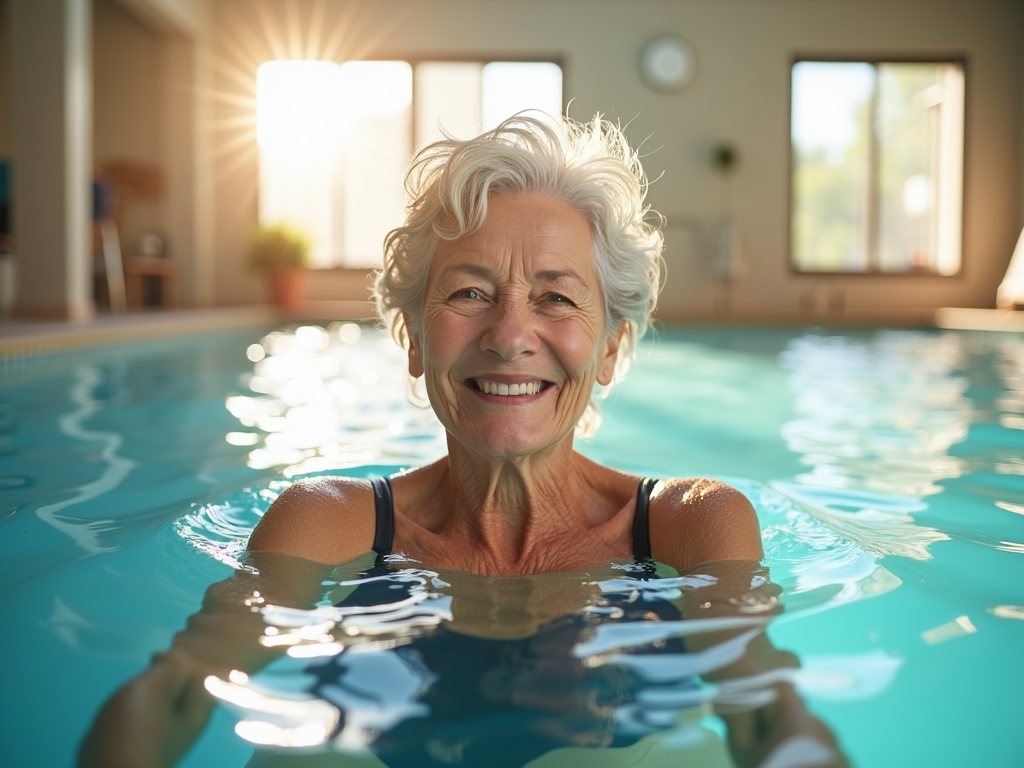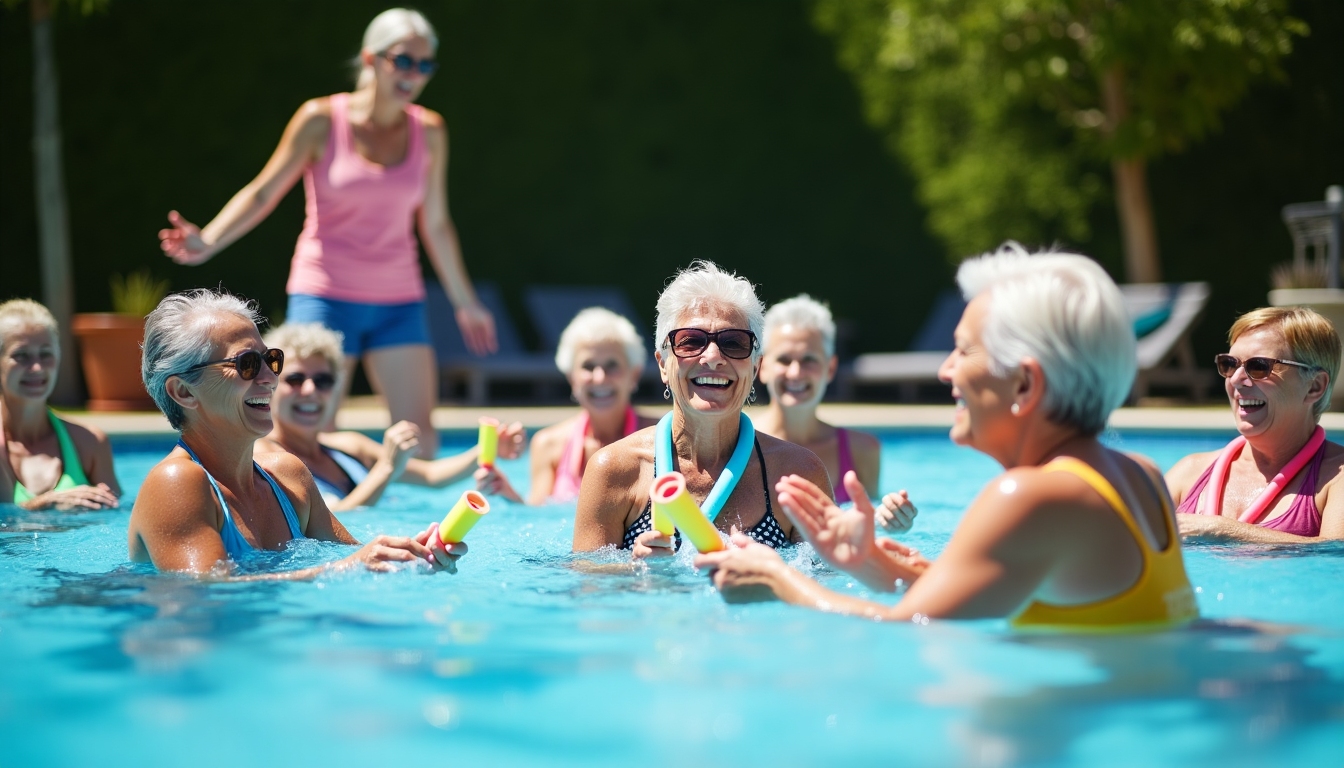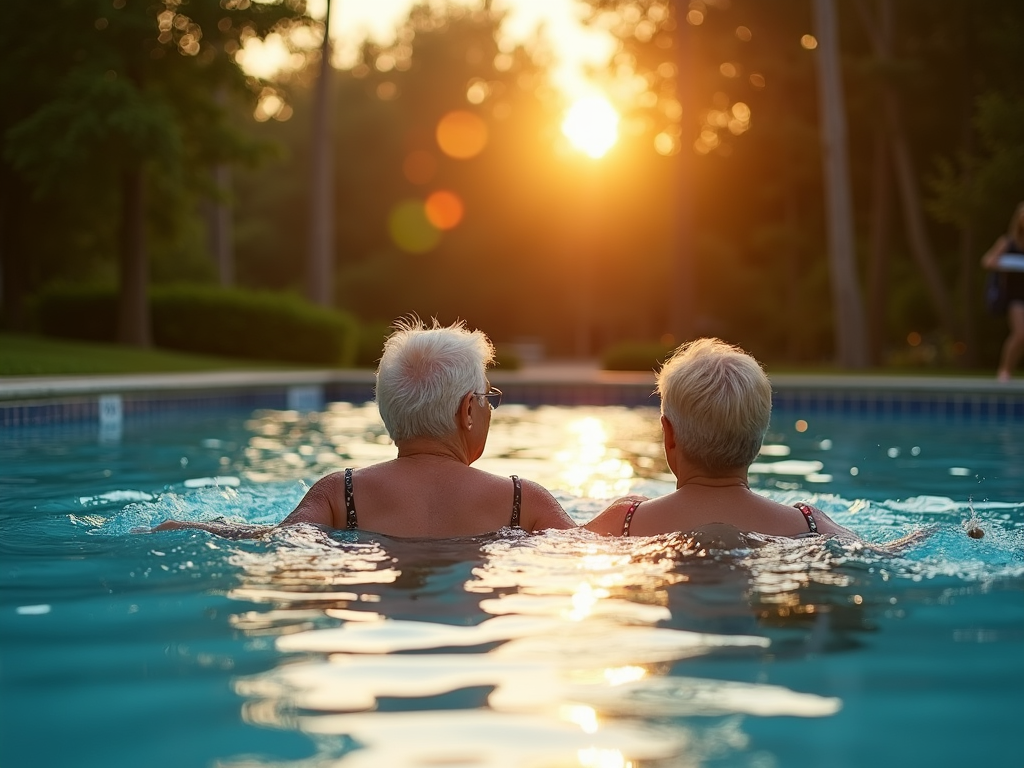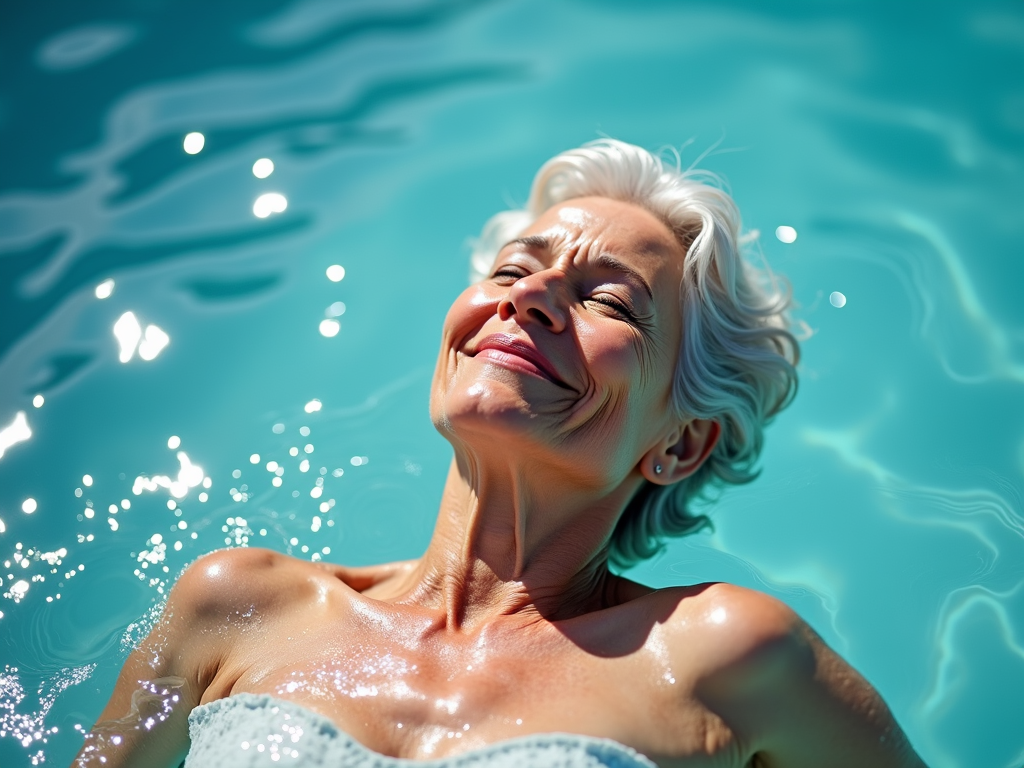Swimming is a wonderful way for older adults to stay active and healthy. This low-impact cardio workout offers big benefits with little strain. In this article, you’ll find practical swimming tips for older adults to enjoy the water safely and confidently.
Why Swimming Works for Seniors
Swimming stands out as a top exercise for older adults. It’s easy on the joints, unlike running or jumping, which can wear down knees and hips. The water supports your body, letting you move freely. I’ve seen seniors light up after a swim—they feel stronger and more alive. It’s a full-body workout that boosts heart health, builds muscle, and keeps you flexible, all while being gentle.

Health Benefits You Can Feel
Swimming does more than just get you moving—it transforms how you feel. Let’s break it down:
- Heart Health: It’s a cardio workout that strengthens your heart and lungs. Regular swims can lower blood pressure and keep your ticker in shape.
- Stronger Muscles: The water resists your movements, toning arms, legs, and your core without heavy lifting.
- Better Flexibility: Stretching in water feels natural and safe, helping you stay limber.
- Mood Boost: There’s something calming about the water. It washes away stress and lifts your spirits.
Safety First: Tips to Swim Smart
Swimming is safe, but a little caution goes a long way. Here’s what I’ve learned from years around pools:
- Warm Up: Walk or stretch for 5 minutes before you swim. It wakes up your muscles.
- Drink Water: You’re surrounded by it, but you still sweat. Sip water before and after.
- Start Slow: Try 10-15 minutes at first. Build up as you get comfortable.
- Follow Rules: Stick to pool lanes and watch for others. It keeps everyone safe.
- Check with Your Doc: If you’ve got health issues like arthritis or heart trouble, ask your doctor first.

Techniques to Swim Better
Good form makes swimming easier and more fun. Here’s how to get started:
- Breathe Right: Take a breath when your head’s out of the water, then blow it out slowly underwater. It’s like a rhythm—find yours.
- Smooth Strokes: Try freestyle or breaststroke. Keep your arms steady, not wild, to save energy and avoid strain.
- Pace Yourself: Go slow and steady. Speed comes later—focus on feeling good now.
- Grab a Float: A kickboard or noodle can help you feel secure while you practice.
I remember my first swim after 60. I was nervous, but the water held me up. Starting with a kickboard gave me confidence. Now, I swim twice a week and feel 10 years younger!

Building Swimming into Fitness Programs
Swimming fits perfectly into fitness programs or wellness programs for seniors. Here’s how to make it work:
- Set Easy Goals: Aim for 15 minutes, twice a week. Add more as you go.
- Track It: Write down how long you swim and how you feel. Seeing progress keeps you motivated.
- Mix It Up: Pair swimming with walking or stretching. It keeps things fresh and works your whole body.
- Join Others: Look for swim classes at your local pool. Friends make it more fun.
Top 5 Swimming Tips for Older Adults
Here’s a quick list to keep handy:
- Start with a warm-up to loosen up.
- Use a float if you’re unsure—it’s okay to lean on support.
- Breathe steady and don’t rush.
- Swim with a buddy or group for encouragement.
- Celebrate small wins, like finishing your first lap!

A Personal Take
My neighbor, Sue, started swimming at 68 after knee pain stopped her walks. She was hesitant—worried she’d sink or look silly. But after one water aerobics class, she was hooked. She told me, ‘It’s like the water hugs you back.’ Now, she’s there three days a week, stronger and happier.
Comparing Swim Strokes
Here’s a simple table to pick your style:
| Stroke | Benefits | Best For |
|---|---|---|
| Freestyle | Full-body workout | Building endurance |
| Breaststroke | Gentle on joints | Beginners |
| Backstroke | Improves posture | Relaxed swimming |
| Sidestroke | Easy breathing | Long, slow swims |

Final Thoughts
Swimming tips for older adults open the door to a healthier, happier life. This low-impact cardio workout for seniors builds strength, lifts your mood, and fits into any fitness program. Start small, stay safe, and enjoy the water—it’s never too late to dive in.
Discuss Here